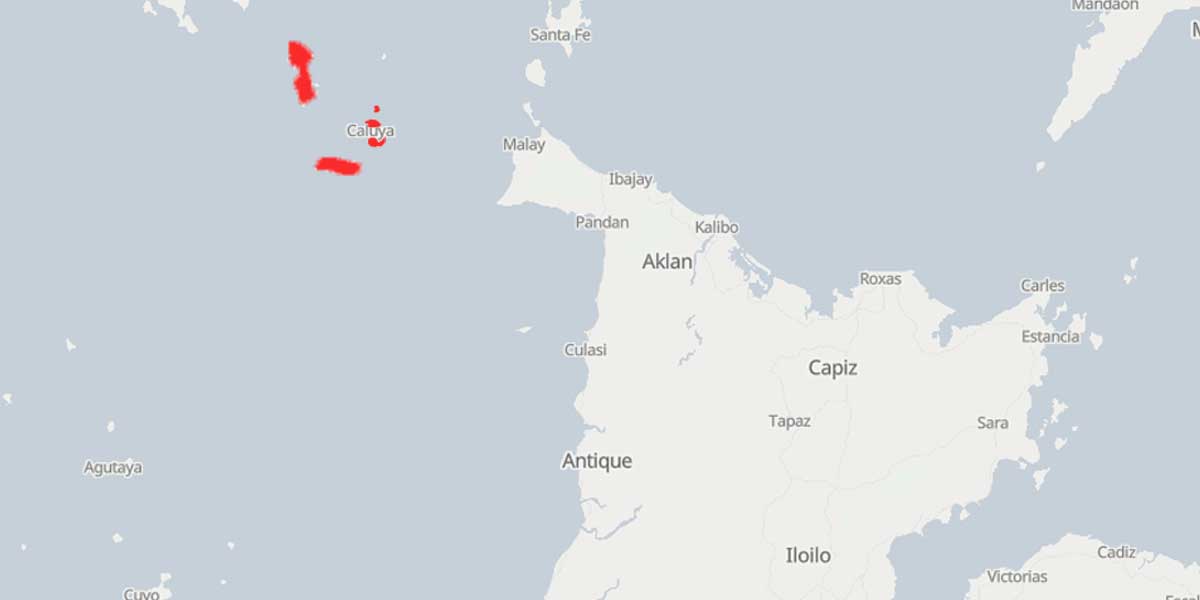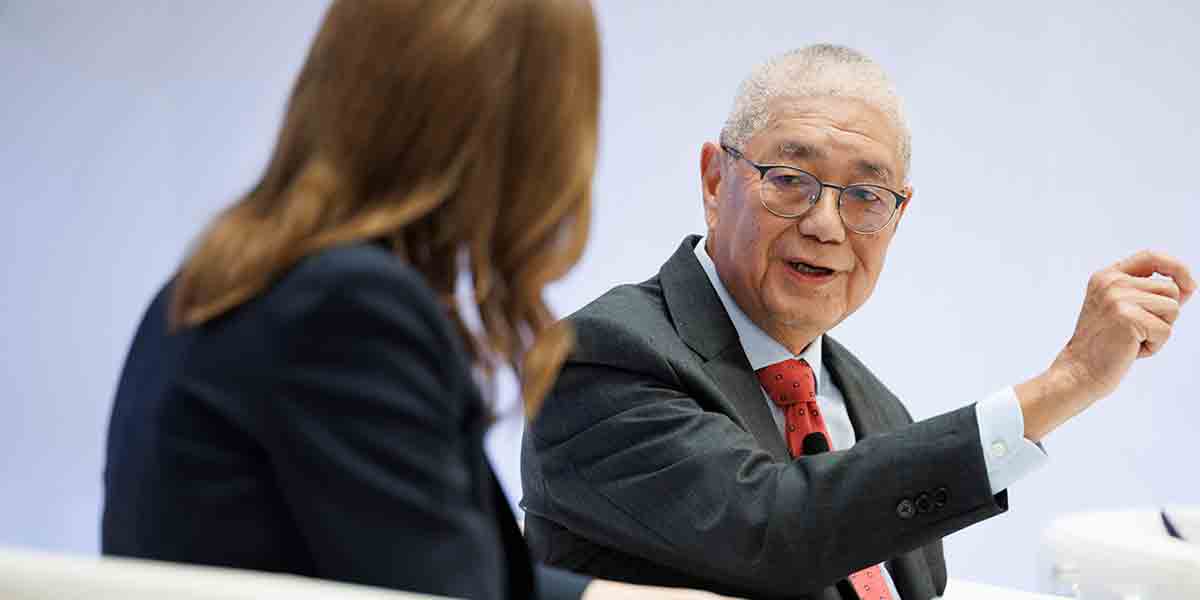
By Francis Allan L. Angelo
The Philippine economy witnessed a promising start to 2024 with an upswing in domestic liquidity and bank lending, reflecting a buoyant economic outlook amidst global challenges.
January saw a year-on-year growth of 6.0 percent in domestic liquidity, also known as M3, reaching approximately ₱17.0 trillion.
This expansion, although slightly lower than the revised 6.2 percent in December 2023, points to a positive momentum in the flow of money within the economy.
Notably, on a month-on-month seasonally-adjusted basis, M3 experienced a minor dip of about 0.4 percent.
The broad reach of liquidity was mirrored in the rise of domestic claims, which surged by 9.8 percent compared to the previous year, marking an increase from 9.2 percent (revised) in December.
The growth was consistent in the private sector, maintaining an 8.8 percent increase similar to the previous month. This sustained expansion is largely attributed to continuous bank lending to non-financial private corporations and households.
Additionally, net claims on the central government climbed by 15.9 percent, partially due to a decrease in the National Government’s deposits with the Bangko Sentral ng Pilipinas (BSP).
The country’s net foreign assets (NFA) in peso terms saw a 4.4 percent year-on-year rise in January, albeit a slight decrease from December’s 4.6 percent (revised).
The BSP’s own NFA observed a growth of 5.4 percent. In contrast, the banking sector’s NFA faced a contraction, primarily because of an increase in higher bills payable.
BANK LENDING
On the banking front, universal and commercial banks’ lending also exhibited robust health, with net outstanding loans increasing by 7.8 percent year-on-year in January, a rise from 7.1 percent (revised) in December.
This growth persisted when accounting for seasonally-adjusted month-on-month changes, with a 0.8 percent increase in outstanding loans, net of reverse repurchase (RRP) placements with the BSP.
Loans extended to residents, excluding RRPs, matched the overall trend with a 7.8 percent increase, signaling continued confidence in the domestic economy. In the same vein, loans to non-residents* surged by 9.8 percent in January, recovering from a 2.9 percent decline in December.
Production activities drove much of the lending growth, increasing by 5.9 percent in January from 5.6 percent (revised) in the preceding month.
The uptick was particularly notable in key sectors such as real estate activities, which grew by 11.4 percent; wholesale and retail trade, along with motor vehicle and motorcycle repairs, at 7.4 percent; and the sectors of electricity, gas, steam, and air conditioning supply, alongside transportation and storage, and construction, showing significant increases.
Consumer lending was another highlight, with a remarkable 25.2 percent rise in January from 23.9 percent (revised) in December. This leap was fueled by a persistent uptick in credit card use, motor vehicle loans, and salary-based consumption loans.
As the Philippines navigates through the year, the BSP said it remains vigilant, committed to ensuring that the trajectory of domestic liquidity and bank lending aligns with its overarching goals of price and financial stability.
This approach aims to foster a balanced and resilient economic environment capable of withstanding global economic pressures while supporting sustainable growth within the country.
* Outstanding loans to non-residents include loans by UKB’s foreign currency deposit units (FCDUs) to non-residents.






















